On 6 December 1991, a Friday, Jennifer Harbison and Eliza Thomas, both 17, were closing the frozen yoghurt shop where they worked while Jennifer’s sister, 15-year-old Sarah Harbison, and 13-year-old Amy Ayers, her friend, waited for a ride from Jennifer.
Moments before midnight, a fire at the shop drew first responders, who discovered the four girls had been bound and murdered, with signs of sexual assault. The fire destroyed nearly all evidence, save for a shell casing that had rolled into a drain and trace amounts of DNA, including under Ayers’ fingernails.
The yoghurt shop murders shook the city of Austin, Texas, and became one of the most infamous cold cases in the country. After years of dead ends and false convictions, the homicides eventually led to Joe Biden signing a federal law in 2022 to allow victims’ families to ask for cold cases to be reopened.
But the murders still remained unsolved for nearly 34 years – until now.
Law enforcement officials announced on Monday a “significant breakthrough” driven by new technology around ballistics and DNA, said Austin’s mayor, Kirk Watson, at a press conference on Monday.
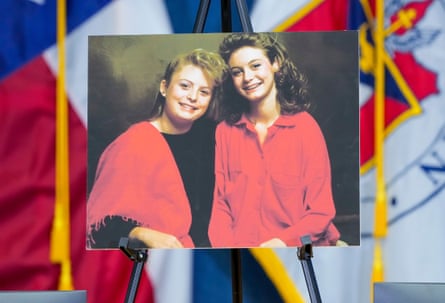
The evidence points to Robert Eugene Brashers, who was identified after his death as a serial killer. More murders may be added to his toll as DNA analyses become more advanced and widespread.
Scientific and technological advances are identifying previously unknown serial killers like Brashers.
“The only physical evidence located at that scene has been matched to him,” said Austin’s chief of police, Lisa Davis.
The case isn’t closed yet, but this is a “major step”, and Brashers is believed to be the sole perpetrator, Davis said.
Eliza’s sister Sonora Thomas, now a therapist, said her mind was split in two when Eliza was killed.
“One part of my brain has been screaming, ‘What happened to my sister?’, and the other part kept repeating, ‘I will never know. I will die not knowing, and I have to be OK with that,’” she said.
When she learned of this breakthrough in the case, “those two parts of my brain started melding into each other”, she said.
“I know now what happened, and that does ease my suffering.”
The news doesn’t just bring closure to the victims’ families; it would also fully exonerate two men, teenagers at the time of the crimes, who insisted they were coerced into confessing.
Robert Springsteen, who was 17 at the time of the killings, was sent to death row, and Michael Scott, who was 15, was sentenced to life in prison. Both men said they only confessed after hours-long interrogations in 1999. In 2009, both men were freed after their convictions were overturned due to new precedents on confessions without physical evidence.
Prosecutors abandoned the case against Springsteen and Scott in 2009 after a DNA analysis, known as Y-STR, revealed neither man matched against the samples left at the crime scene.
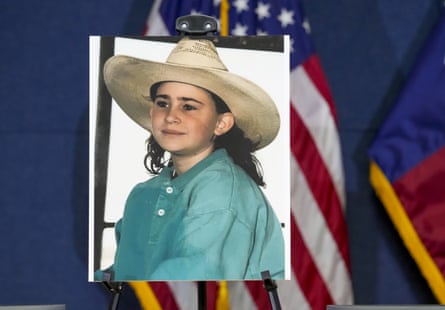
The Y-STR profile – pointing to an unknown man – would eventually be the key in solving this case. In 2018, the profile was submitted for retesting because of technological advancements – but a nationwide inquiry to other police departments returned no genetic matches.
In June, Daniel Jackson, the detective assigned to the case in 2022, had an idea. It had been several years since the ballistics from the shell casing had been uploaded to the National Integrated Ballistic Information Network (NIBIN) – and in that time, the database had undergone major upgrades.
“The software has gotten so much better. I mean, we’re talking like 3D stuff now,” Jackson said at the press conference.
There was a hit. An unsolved murder in Kentucky, with a similar modus operandi, had the same type of bullet casing. Jackson and Mindy Montford, who works in the recently established cold case department of the Texas attorney general’s office, met with the Kentucky detectives, who are still working on their unnamed case – including processing samples from a rape kit.
The apparent breakthrough got Jackson thinking. Was there any other evidence that might match against cases in other states? He thought immediately of the Y-STR analysis – but there was a problem. The Combined DNA Index System (Codis) is the national DNA database for law enforcement, but the yoghurt shop DNA was too fragmented and scarce to upload.
“I said, well, it’s been a few years. More labs are doing this. Databases are getting bigger. Let’s do a nationwide [search] again,” Jackson said.
He sent out the years-old Y-STR results to police departments around the country, asking them to manually compare it to their own databases.
There was another hit. The profile matched perfectly with a sample from Greenville, South Carolina – a 1990 murder that was solved with help from Parabon NanoLabs and CeCe Moore, a celebrated genealogist, in 2018.
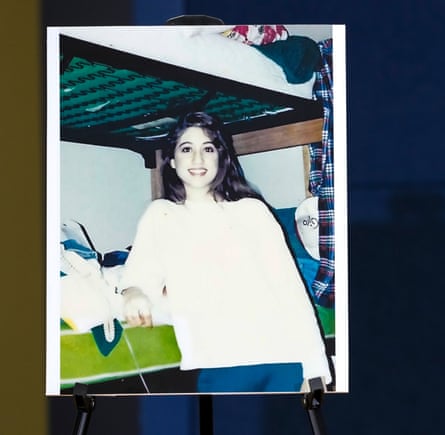
Moore created a family tree for the South Carolina killer and found a relative whose DNA sample indicated a close tie – probably a sibling. A judge ordered that Brasher’s body be exhumed, and his DNA matched against the crime scene sample.
Usually, Moore is able to set aside solved cases in order to focus on the next one.
“But I have not been able to shake the specter of Robert Brashers hanging over me for all of these years,” she told the Guardian. It felt like she’d only discovered the beginning of what he’d done, she said.
The yoghurt shop murders were one of the cold cases she has most hoped would be solved, and she is proud that her work identifying Brashers as a serial killer contributed to this case as well.
“Now that there is a lot more attention focused on him, I believe that more cases will be solved and families and survivors will get the answers they have been seeking for so long,” she said.
“I am also very thankful that genetic analysis has advanced to the point that even the tiniest amount of DNA can lead to resolution in cases like this one.”
While Y-STR profiles are not definitive, the odds are “two and a half million to one” that it’s Brashers’ DNA, Jackson said.
In addition to the murder in South Carolina and the unannounced murder in Kentucky, Brashers has also been linked to the murder of a mother and daughter in Missouri in 1998 and the sexual assault of a teen girl in Tennessee.
“It is likely there are other victims out there, whether it’s murders or sexual assaults, because of what we know of him, when he was not in prison, he was committing heinous crimes,” Jackson said. “Last week, we knew of three murders. This week, we know of eight.”
Angie Ayers, sister-in-law to Amy, pleaded with law enforcement everywhere to upload whatever evidence they have to national databases.
“This has given so much hope to other families across the country,” she said. “Please hear this: open the cold case boxes. Please put the evidence in the databases, run the rape kits. Do not wait. Do it today.”
Only two days after the 1991 murders, Brashers was apprehended at the US-Mexico border near New Mexico and Texas, about 600 miles from Austin. He gave chase for a mile and may have disposed of other evidence related to the murders as he sped away, but he did have a gun that was the same make and model as one used in the Austin murders.
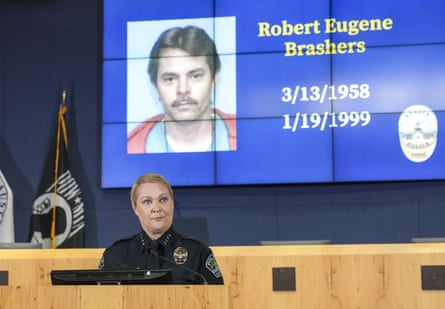
Brashers was arrested for having a stolen car and felony possession. He served four years in prison for that offense, but was never linked to the murders until now.
Brashers had a long criminal history, with multiple fake identities. At one point, he published his own obituary to fake his death.
In 1999, he died by suicide, using the same gun as above, after an hours-long standoff with police in Missouri.
The yoghurt shop murders were the subject of an HBO documentary series that debuted in August, drawing more attention to this story.
The exonerated men, Springsteen and Scott, did not seem to be present at the press conference on Monday.
The district attorney of Travis county, Texas, José Garza, briefly addressed the toll the arrests and time served had on the men’s lives.
“If the conclusions of [the Austin police department’s] investigations are confirmed, as it appears that they will be, I will say I am sorry, though I know that that will never be enough,” Garza said. “We will take any necessary steps to ensure that they can move forward with their lives.”
After all these years, “all we ever wanted for this case was the truth”, said Barbara Wilson, mother of Sarah and Jennifer Harbison.
“We never wanted anyone to go to jail or be charged with anything that they did not do. Vengeance was never it. It was always the truth.”


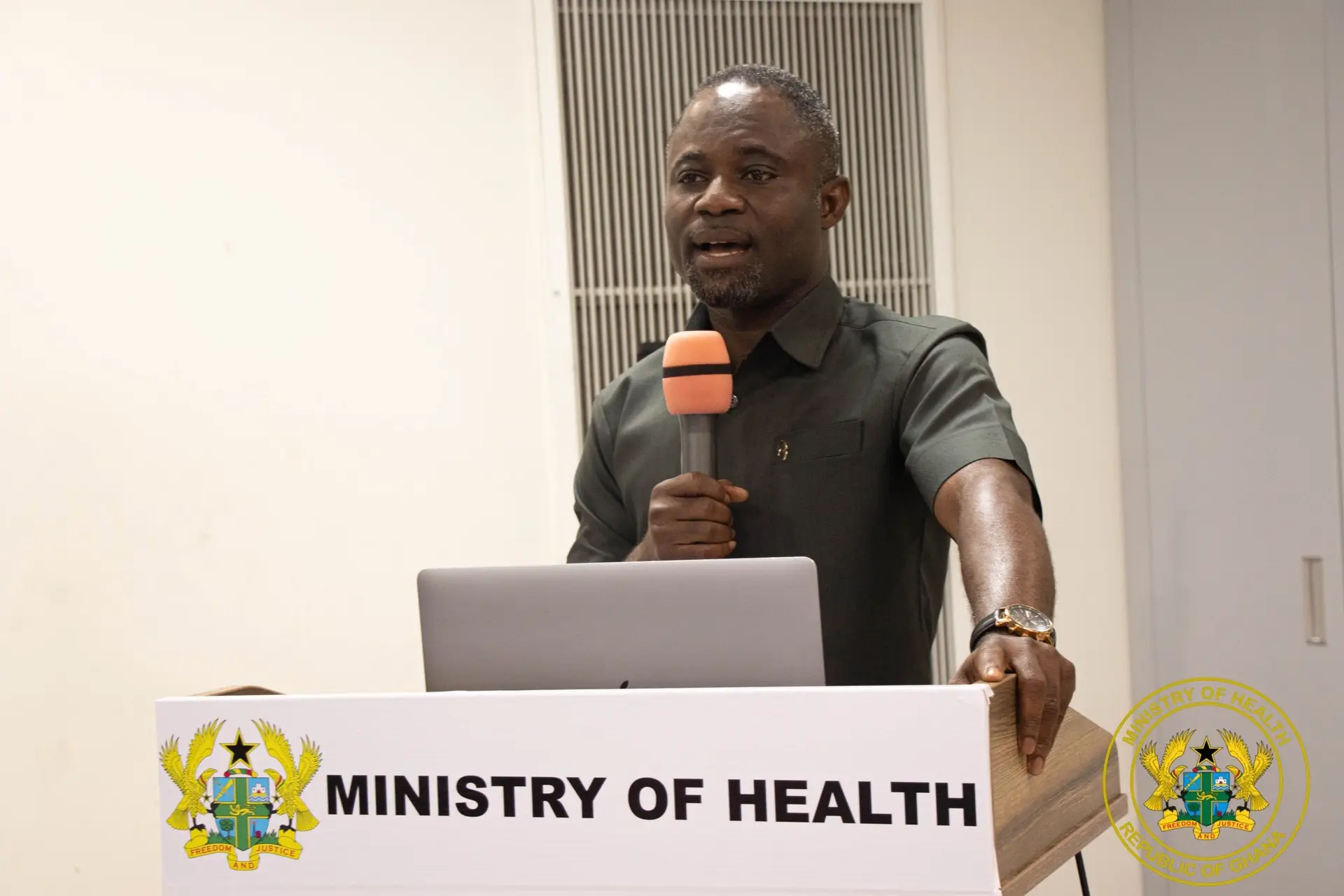
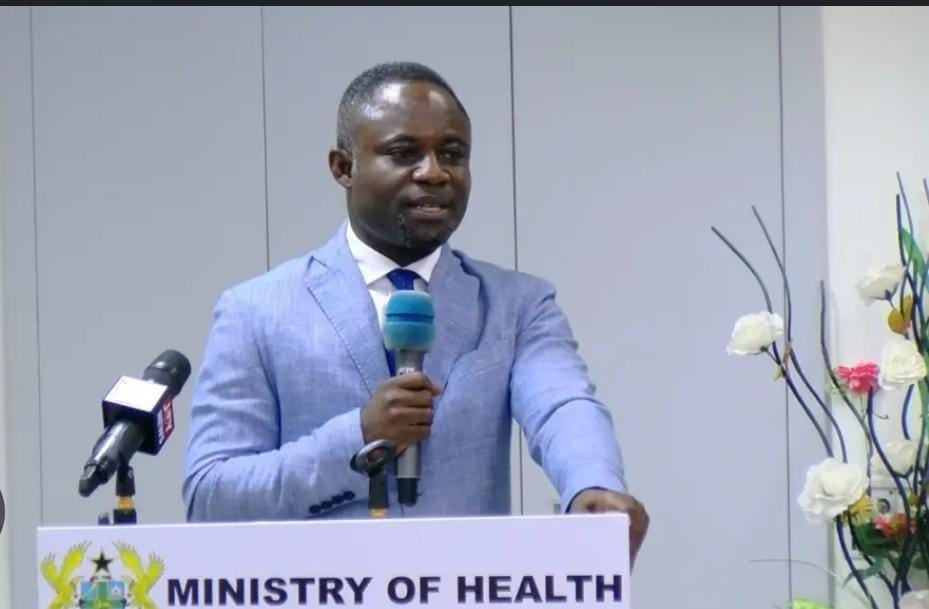

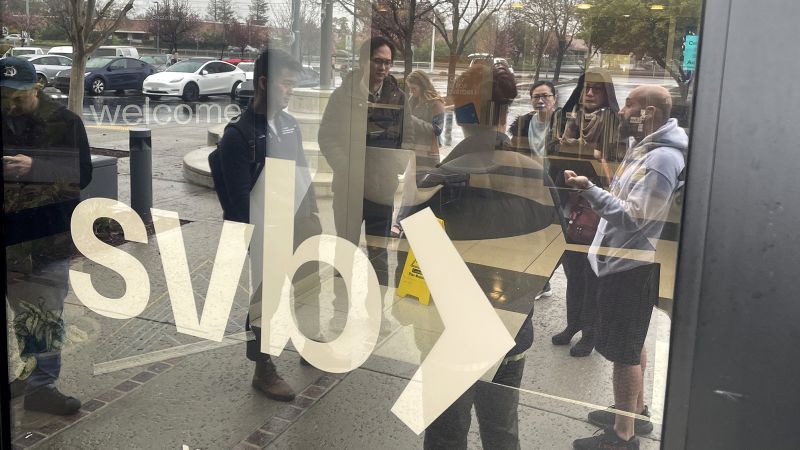


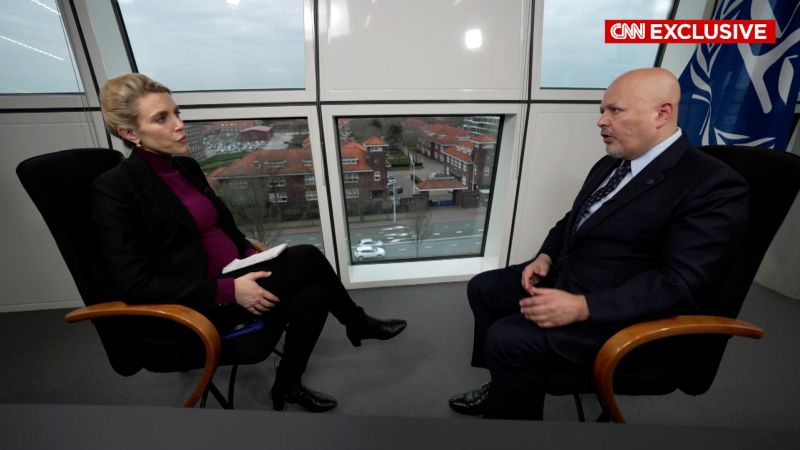
 English (US)
English (US)